Lower-sodium product is latest advance in an active therapeutic area

A new FDA-approved formulation of sodium oxybate (SXB) with 92% less sodium is associated with improved health-related quality of life (QOL) in addition to its recently reported safety and efficacy in managing cataplexy and excessive daytime sleepiness in patients with narcolepsy. The newest findings on the product — known as lower-sodium oxybate (LXB) — came in a platform presentation by Nancy Foldvary-Schaefer, DO, MS, at the 2021 American Academy of Neurology (AAN) virtual annual meeting.
Cleveland Clinic is a non-profit academic medical center. Advertising on our site helps support our mission. We do not endorse non-Cleveland Clinic products or services. Policy
“Quality of life worsened among patients randomized to placebo during a two-week withdrawal period, but it remained stable in participants who continued LXB treatment,” says Dr. Foldvary-Schaefer, Director of Cleveland Clinic’s Sleep Disorders Center. QOL was measured with the 36-item Short Form Health Survey Version 2 (SF-36) and the 5-level EuroQol 5-Dimensions Self-Report Questionnaire (EQ-5D-5L).
The platform presentation was a follow-up to the recent publication inSleep of primary efficacy and safety results of a phase 3 multicenter, randomized, placebo-controlled, double-blind withdrawal study of LXB in 134 adults with narcolepsy with cataplexy.
The study mimicked real-world conditions in that patients who were taking traditional SXB were transitioned to the lower-sodium formulation, with the dose titrated based on efficacy and tolerability. The trial first ran for 12 weeks in an open-label, optimized treatment-and-titration phase, and then for two weeks in a stable-dose phase. Patients were then randomized to receive placebo or LXB for a two-week randomized, double-blind withdrawal phase to assess QOL.
“Narcolepsy is a neurologic disorder affecting approximately 1 in 2,000 people in the U.S., and we believe it is grossly underdiagnosed,” says Dr. Foldvary-Schaefer. “Further, most patients have persistent symptoms despite optimized medical therapy.”
Although onset typically occurs in the second or third decade of life, a 13-year average delay in diagnosis means that clinicians may see patients with seemingly new-onset narcolepsy in their 40s and beyond. Associated cataplexy, or sudden muscle weakening, affects about 70% of people with narcolepsy and typically presents in the teens or 20s.
“Patients need to be on medications for life to manage symptoms that impair QOL, productivity and social functioning,” Dr. Foldvary-Schaefer notes.
“Sodium oxybate has been designated as a standard of care for narcolepsy by the American Academy of Sleep Medicine,” she continues, “and it has been proven effective in managing these symptoms.” The drug is scheduled at a lower level than traditional stimulants such as amphetamines, which can have cardiovascular effects. However, because of its high sodium content, SXB may increase the risk for hypertension and could impact disorders such as obesity and diabetes, which are common comorbidities in patients with narcolepsy.
Dr. Foldvary-Schaefer expects that LXB, taken as a liquid in two separate doses at night, will replace the higher-sodium formulation because it is safer to use over the long term. “Side effects are the same as with the older formulation, such as headache, nausea and dizziness, but the overall safety profile is superior because it doesn’t contribute to total daily sodium intake,” she says.
In addition to LXB, two other drugs with unique mechanisms of action were recently approved by the FDA for narcolepsy: solriamfetol, a norepinephrine-dopamine reuptake inhibitor, and pitolisant, an H3 antagonist/inverse agonist.
“Although the older stimulants were at least partially effective for many patients,” Dr. Foldvary-Schaefer says, “we now have more and safer options for managing narcolepsy and its associated symptoms, including drugs with different mechanisms of action. We want to raise awareness that patients don’t have to live with an impaired quality of life.”
She adds that LXB is also being reviewed by the FDA for use in managing idiopathic hypersomnia (IH), an uncommon sleep disorder characterized by excessive daytime sleepiness despite a full night’s rest. “There are no FDA-approved drugs for IH, and I suspect LXB will be the first,” she says.
Dr. Foldvary was a primary investigator on the IH multicenter trial, results of which will be reported at the virtual Sleep 2021 meeting in June and the AAN Fall Conference in October.
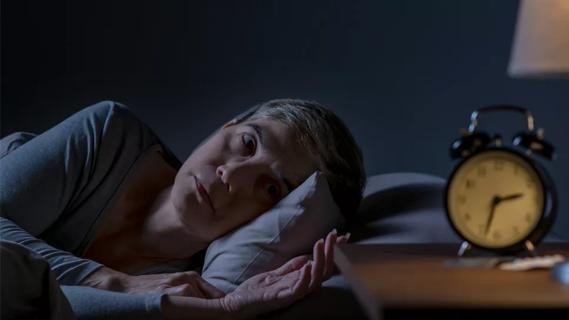
Large cohort study suggests need for routine sleep screening as part of neurological care
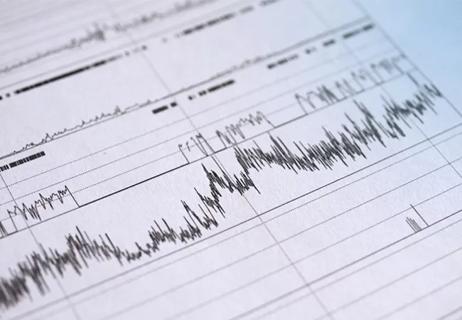
Normal or inconsistent MSLT results should not rule out this debilitating disorder
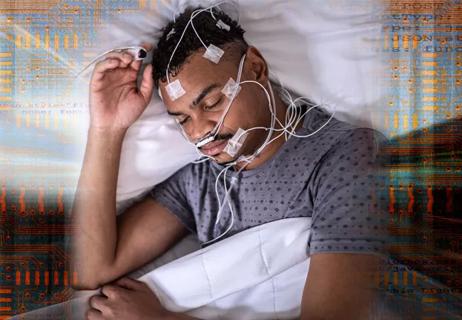
Prior-night polysomnography predicts results from mean sleep latency testing
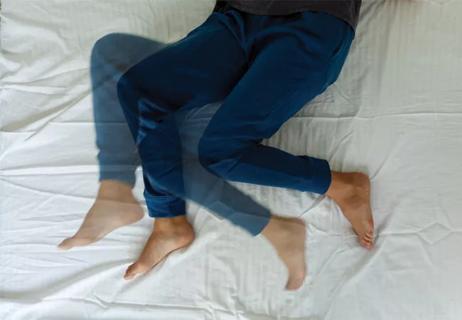
Bedroom safety, medication use and ethical dilemmas are addressed
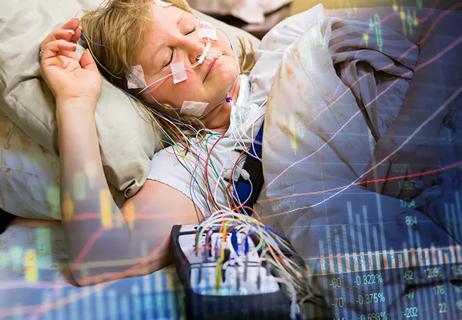
Retrospective analysis finds “hypoxic and sleepy” subtype to confer greatest risk
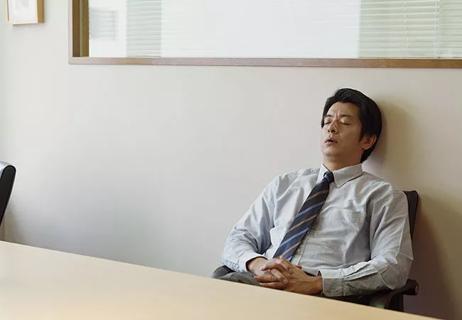
Studies of three investigational therapies test targeting of diverse mechanistic pathways
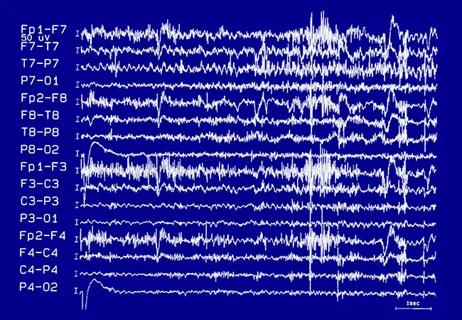
Semiology and electro-clinical correlation provide critical clues
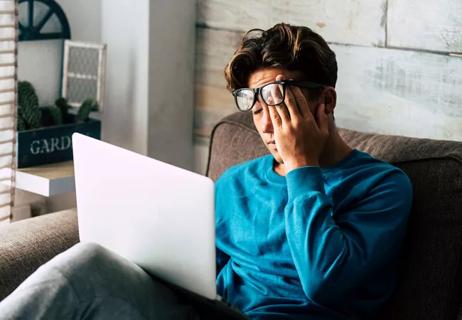
First approved drug for this overlooked condition may soon be at hand